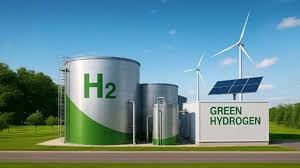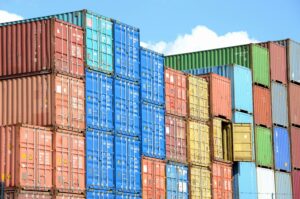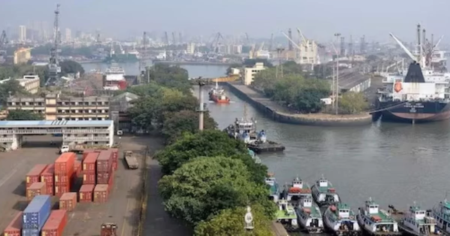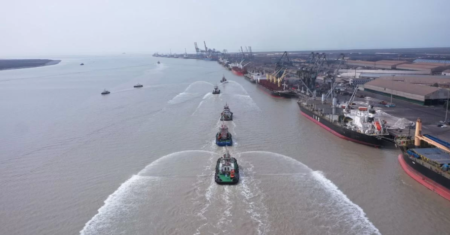Deendayal, VOC, and Paradip ports named Green Hydrogen Hubs, boosting India’s clean energy and net-zero goals.

In a major stride towards clean energy transition, the Ministry of New and Renewable Energy (MNRE) has officially recognised three major ports; Deendayal Port Authority (Gujarat), VO Chidambaranar Port Authority (Tamil Nadu), and Paradip Port Authority (Odisha), as Green Hydrogen Hubs under the National Green Hydrogen Mission (NGHM).
This announcement marks a crucial step in India’s journey to becoming a global hub for the production, utilisation, and export of green hydrogen and its derivatives. The mission, launched by the Government of India, aims to foster an integrated hydrogen ecosystem and accelerate the nation’s transition to clean energy.
Welcoming the move, Union Minister of Ports, Shipping & Waterways Sarbananda Sonowal said, “This recognition marks a defining moment in India’s maritime journey as we transition to become a modern, capable leader in the global maritime segment. Under the visionary leadership of Prime Minister Narendra Modi, we are building an ecosystem of sustainable development that will power India towards achieving net zero by 2070. As green hydrogen hubs, our ports will act as catalysts of clean energy innovation, driving sustainable logistics across trade routes.”
The NGHM promotes a cluster-based development model to address logistical and technical challenges of hydrogen transport. This model enhances early-stage project viability, enables infrastructure convergence, and helps achieve economies of scale in strategic regions.
Revised guidelines for Hydrogen Valley Innovation Clusters (HVIC) and Green Hydrogen Hubs, issued on 27 June 2025, provide the framework for identifying and supporting large-scale hydrogen activity. Under these guidelines, MNRE can recognise locations as Green Hydrogen Hubs without direct financial assistance, enabling them to access incentives under other central or state schemes.
The recognition of these three ports is expected to attract green investments, boost industrial participation, and spur innovation in clean fuel technologies. Projects within these hubs will benefit from relevant central and state government policies linked to the National Green Hydrogen Mission.
This landmark recognition is expected to strengthen India’s clean energy leadership while advancing the country’s commitment to achieving net-zero emissions by 2070.
Source: Maritime gateway











